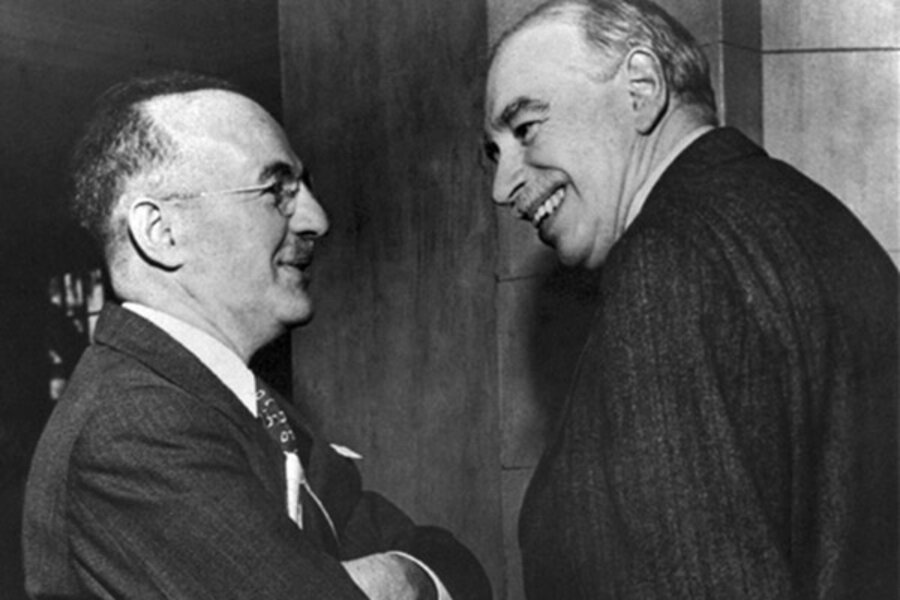Jeffrey Sachs and the Keynesian conundrum
Loading...
In a very interesting Financial Times opinion piece (June 8th ) Jeffrey Sachs of Columbia University explains his problems with Keynesian calls for more stimulus. He says we should now focus on longer-run policy considerations, including reducing the fiscal deficit. While I have difficulties with some of Sachs’s prescriptions (like higher taxes for the “rich”), I believe his article is a welcome breath of fresh air.
Nevertheless, it raises some problems on which Keynesians need to focus.
When does the Keynesian moment end — and the ordinary laws of economics retake the stage?
An important, and I should say, absolutely critical aspect of Keynesian policy is that there exists a period of time in which:
1. The opportunity cost of unemployed labor resources in approximately zero;
2. Spending in general, rather than a specific allocation of spending, is the primary concern.
As the reader can easily see, the Keynesian moment abstracts from the usual economic concern with optimal resource allocation. We should just spend, cure the macroeconomic problem, and then worry about allocation of scare resources among differently-valued and competing ends.
One answer to the question about when the Keynesian moment ends is to say: It ends when the economy has reached “full employment.” But what is “full employment”? Is it defined relative to only labor resources or other resources as well (capital goods, for example)? Are resources less than fully employed when they are looking for more profitable uses? How do we distinguish looking, or perhaps waiting for better uses to emerge, from pointless idleness?
As confusing as the concept of “full employment” is, its measurement is fraught with many difficulties as well. The continual extension of unemployment insurance, for example, tends to lengthen the period of idleness or search or waiting. So what is “natural” and what is induced by policy?
Yet this is not the most basic problem.
Keynes himself worried about animal spirits and the “news.” In other words, at any point in time, something could happen – some shock, some irrational wave of influence — that could knock (investment) spending down and cause a slump.
This is why Keynes’s solution was not functional finance or counter-cyclical spending. Often, according to Keynes, that spending would come too late to prevent a recession. So he advocated the stabilization of total investment by ensuring permanent investment spending of relatively large sums by the government or quasi-independent agencies of the state (like universities, the Port of London Authority, etc).
Thus, Keynes did not have the problem many of his less sophisticated followers have. When do we stop worrying about falling back into a slump? The macroeconomic equilibrium, absent permanent stabilization of investment, is very fragile. Thus he did not advocate the stop-go approach of functional finance.
Either Keynesians must come up with a better theory of when the Keynesian moment is over or they must follow Keynes himself and advocate the permanent state or quasi-state stabilization of investment.
Of course, we need not accept the basic Keynesian framework. That would be best.
Add/view comments on this post.
------------------------------
The Christian Science Monitor has assembled a diverse group of the best economy-related bloggers out there. Our guest bloggers are not employed or directed by the Monitor and the views expressed are the bloggers' own, as is responsibility for the content of their blogs. To contact us about a blogger, click here. To add or view a comment on a guest blog, please go to the blogger's own site by clicking on the link above.





